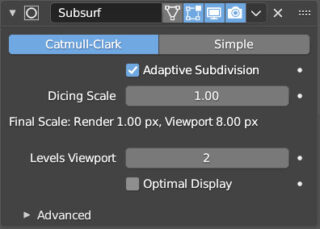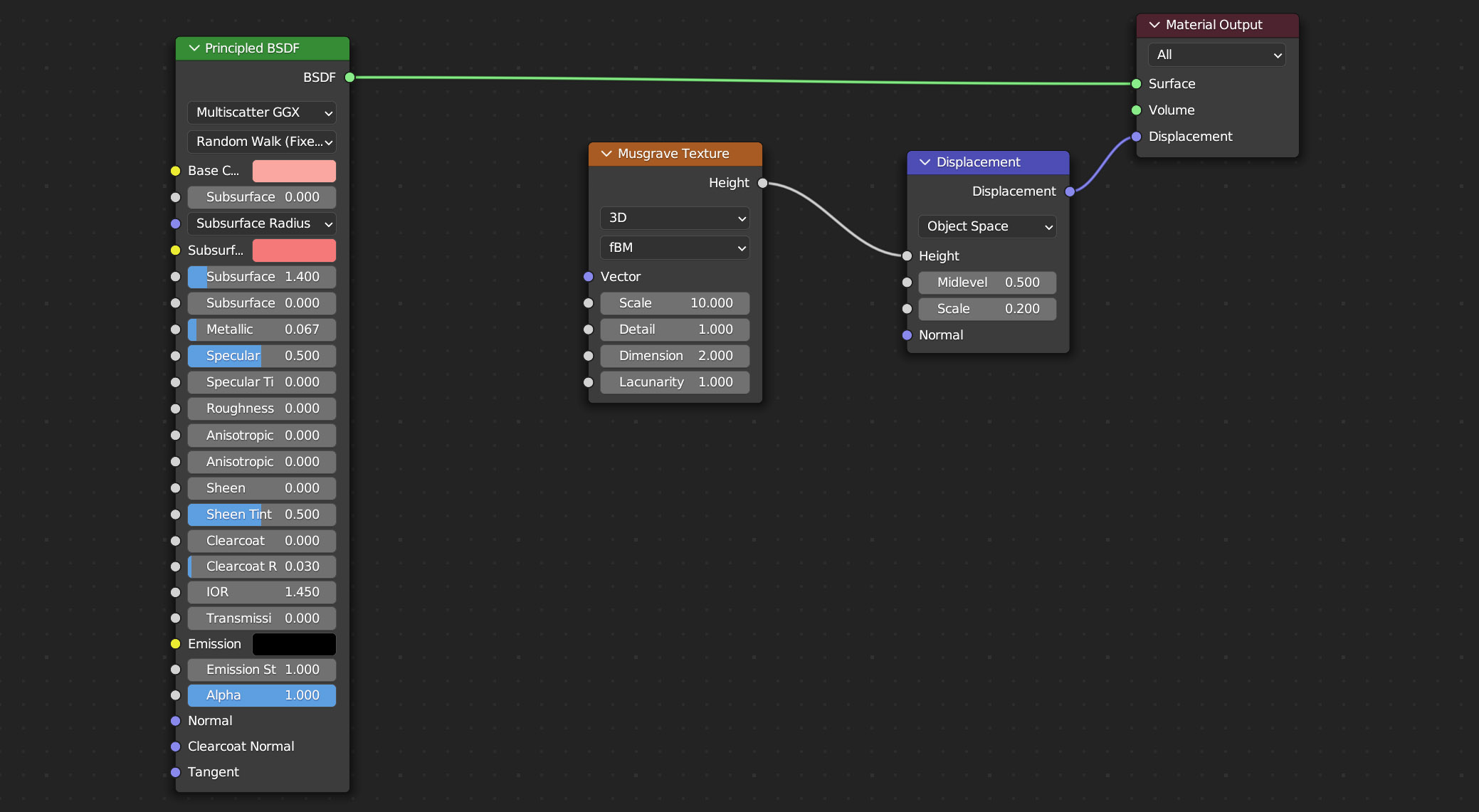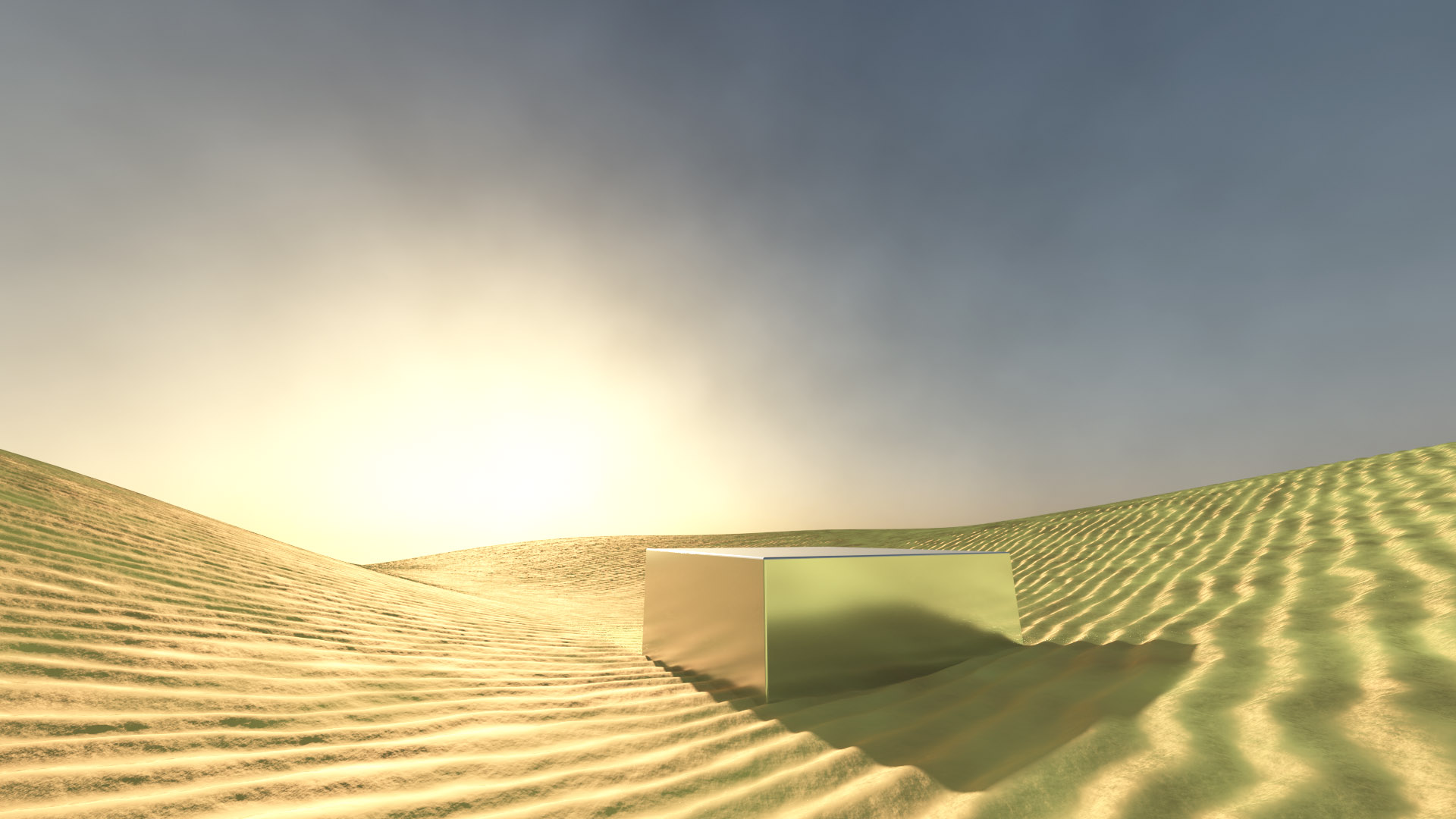Everything that has been said in the previous chapter about texturing (including texture/vertex paint) also applies to Cycles. However, with the latter engine, we can use the Displacement node (Vector family) to use intensity/height maps in a different way from the Bump and Normal Map nodes. Let’s apply the material visible in the following image to a UV Sphere, which uses the Displacement socket of the Material Output node for the first time.
In the rendered mode of the 3D View, we will observe a rather disordered deformation of the sphere. From here we understand that the displacement node does not concern shading as in the case of bump and normal mapping, as it modifies the polygonal structure of the mesh (in a non-destructive way and only during rendering). Applying the subsurface modifier to the sphere, we will see that by increasing the subdivision levels we will obtain a well-defined mesh modeled by the texture we used as an intensity map. In the case of very detailed height maps, possibly for the realistic simulation of terrain, a previous subdivision of the mesh would become very heavy, as the Subdivision Surface modifier quadruples the faces of the mesh with each subdivision. For this reason, Blender offers the powerful experimental feature of Micropolygon Displacement, which tessellates the mesh before rendering and with a level of precision that should initially be kept low, and then increased in search of a good compromise between rendering times and mesh complexity. First, go to the Render context of the properties and here select Experimental in Feature Set.

At this point, the subsurf modifier will appear differently.

With Adaptive active, we find a Dicing scale that differs between the actual render and the render mode of the viewport. The smaller the value chosen, the higher the definition of tessellation (which could lead to a large memory consumption).
Next paragraph
Previous paragraph
Back to Index
Wishing you an enjoyable and productive study with Blender, I would like to remind you that you can support this project in two ways: by making a small donation through PayPal or by purchasing the professionally formatted and optimized for tablet viewing PDF version on Lulu.com


